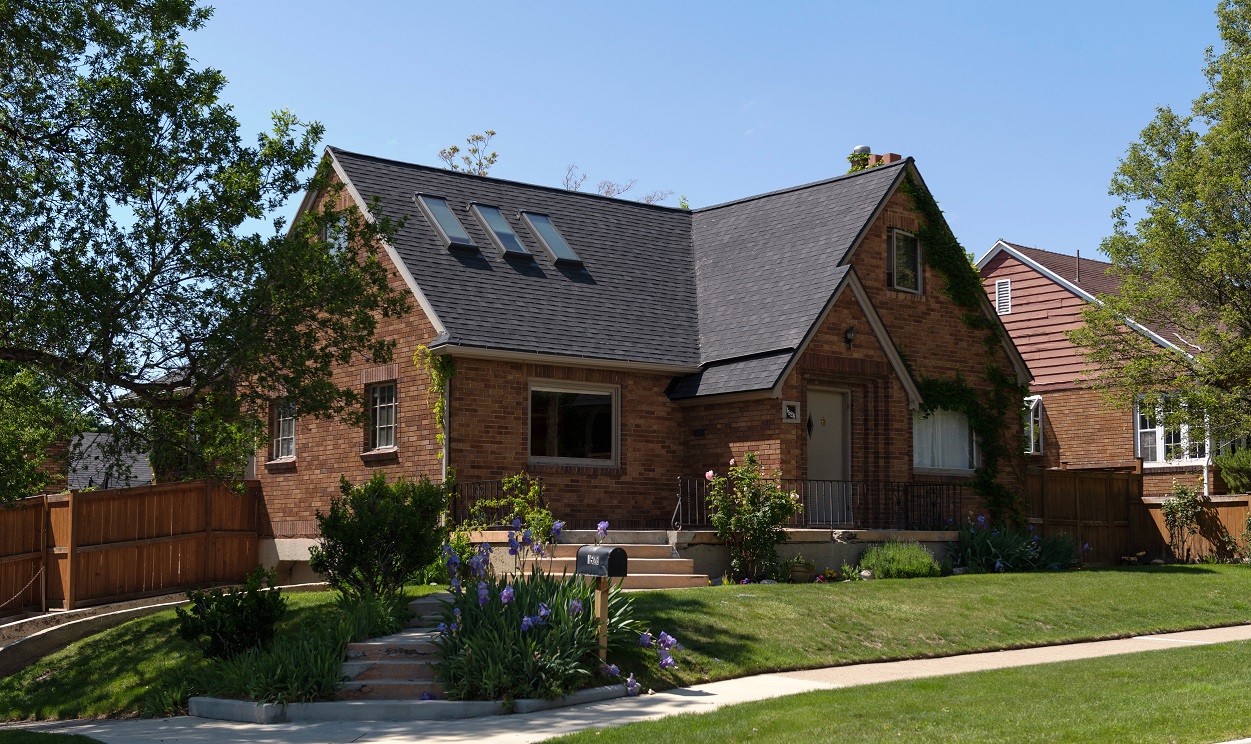When it comes to buying investment properties, single family homes often provide a great option. They tend to be in demand, attract long-term residents, and retain or appreciate in value over time. When looking for a home to invest in, consider a few key factors to check carefully before making that offer. Just because a property is a bargain doesn’t always mean it is a good deal; market value is just one of the features to consider when choosing an investment property.
Price
For your first step in identifying a good investment property, find a single-family residence offered below market value. However, keep in mind that the reason the home is bargain priced is just as important as the price tag. Homes in need of minor repairs or cosmetic updates might seem like a great deal, and often they are – just be sure that the house does not have extensive damage or require major repairs. Buying a fixer-upper might seem like a good idea, but anything you spend making the property habitable must be factored into your rental margin. Look for properties that are in good shape but are underpriced, perhaps because the sellers are in a hurry or have estimated the value of their home incorrectly.
Location
Another important factor in choosing an investment property is location. It may be a cliché, but the location of the home may determine whether you will be able to profit from your investment. Check out the neighborhood carefully, including the number of other rentals nearby and how much similar homes are renting for. Areas with low crime rates, good schools, good employment, proximity to public transportation and shopping opportunities, or other appealing features are ideal. Watch out for areas with a lot of vacant rentals or low rents – both indicate potential trouble. Your ideal location will offer single family homes that have relatively low market values but comparatively high rents.
Rate of Return
Beyond the price of the home and the location, you must also crunch the numbers. A good investment offers a solid rate of return. In real estate, this rate, or capitalization rate, can vary by area, but usually ranges between 4% and 10%. To find the capitalization rate for a potential investment property, calculate your net operating income (rents less expenses) and divide it by the home’s sales price. Be sure to include things like property taxes, which you can get from the county assessor’s office, Association fees and any extra insurance required if the home is in an area prone to natural disasters. On average, it’s best to keep total expenses to about 50% of the gross rents – this is known as the 50% rule. If any property you are considering doesn’t offer a good return, shop for another property because the residential market provides a large supply of homes to choose from.
Management
To ensure the continued profitability of your investment property, you must keep costs low. You need a trustworthy, professional property management company that understands your investment goals. At Real Property Management, we have the expertise to reduce your costs and help keep your profits high. With our competitive pricing and guarantees, you can be confident that your real estate investment is in the right hands.
We are pledged to the letter and spirit of U.S. policy for the achievement of equal housing opportunity throughout the Nation. See Equal Housing Opportunity Statement for more information.


